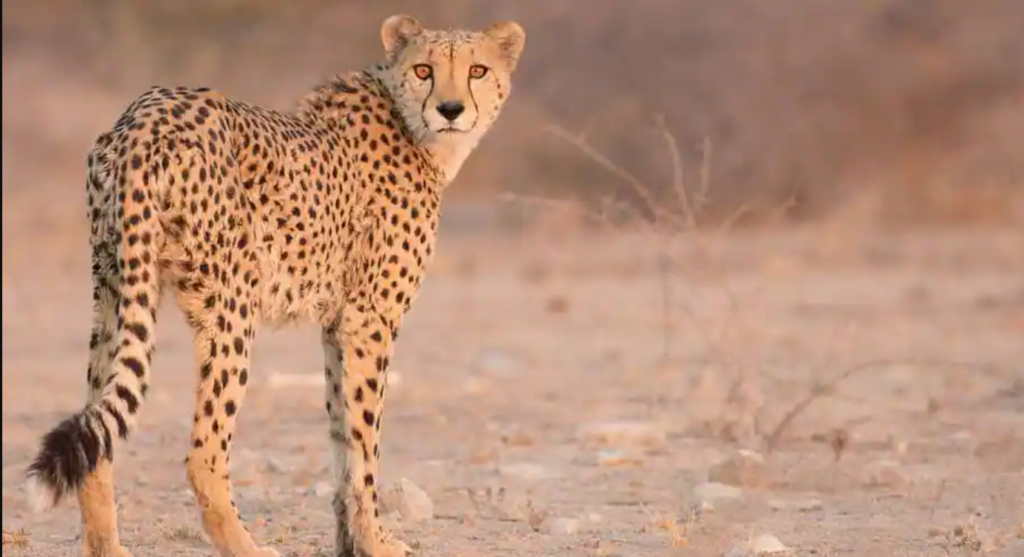A memorandum of understanding (MoU) for the transcontinental relocation of cheetahs from Africa to India was signed on Tuesday by the National Tiger Conservation Authority (NTCA) and Indian Oil Corporation. According to the MoU, the IOC would fund Rs 50.22 crore over four years for the project. The project now costs Rs 75 crore in total.
In a statement from the Union Environment Ministry, the MoU is a continuation of the agreement on wildlife conservation and sustainable biodiversity exploitation that the governments of India and Namibia signed on July 20 in order to rehabilitate the cheetah to its former range in India.
The money donated by Indian Oil as part of its corporate social responsibility (CSR) programme will be utilised to restore the cheetah’s habitat and reintroduce it to its former range.
In the presence of Union Environment Minister Bhupender Yadav and Petroleum and Natural Gas Minister Hardeep Singh Puri, the Memorandum of Understanding (MoU) was signed between IOC Chairman SM Vaidya and NTCA Member Secretary and Additional Director General (Project Tiger), Dr. S P Yadav.
“Indian Oil is the first corporate which has come forward to support the ‘Project Cheetah’ under CSR, as the project has not only national importance but is also essential for balancing the ecosystem. Cheetah has a very special significance for the national conservation ethic and ethos. Cheetah restoration will be part of a prototype for restoration of original cheetah habitats and their biodiversity, helping to stem the degradation and rapid loss of biodiversity,’’ said the ministry statement.
The Asiatic Cheetah (Acinonyx jubatus venaticus), a subspecies of the cheetah, went extinct in India, and the African Cheetah has since been imported (Acinonyx jubatus jubatus). These two subspecies have the same genes, according to studies.
A 500-hectare predator-proof enclosure is being built as part of the cheetah introduction project in Kuno National Park in Madhya Pradesh in preparation for the cat’s “soft release.” There will be several phases to the introduction. A small number of people will be released at first following the creation of the “soft-release enclosure” and improvement of security.
It should be emphasised that Indian Oil has supported rhino conservation efforts and last year chose the Indian single-horned rhino as its emblem.
Article Credits: WION
